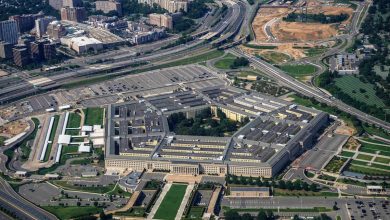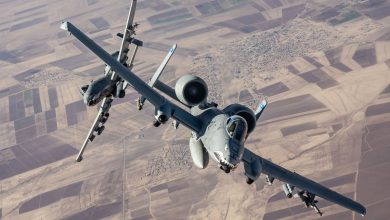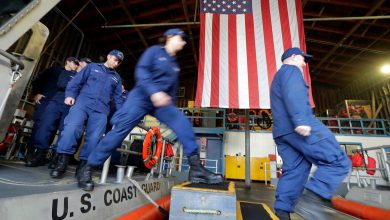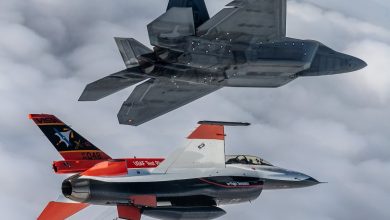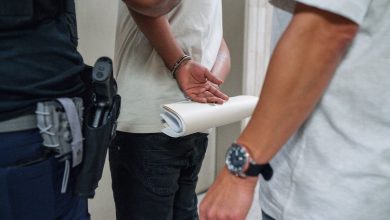How a deadly game of whac-a-mole unfolded during the Battle of Ka-san
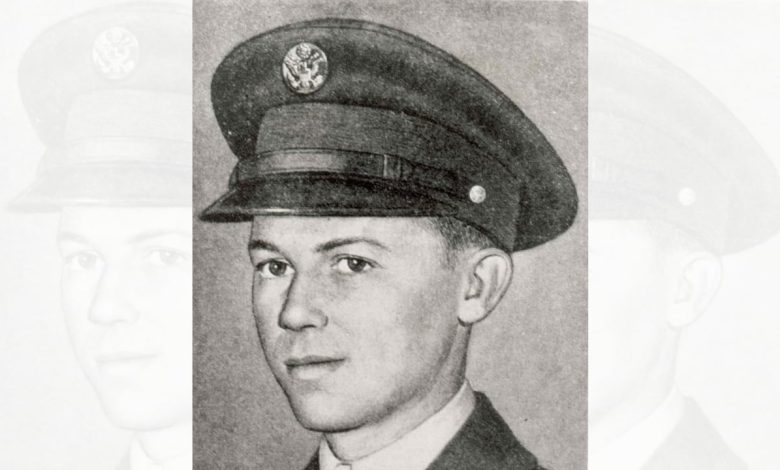
Since the North Korean People’s Army (KPA) invaded South Korea on June 25, 1950, it enjoyed a succession of victories and advances by maintaining the initiative against the Republic of Korea (ROK) Army and the United Nations forces that were trickling in to its aid.
By the end of August, the UN and ROK forces were holding on to the port of Pusan and its defenses. Typical of the desperate fighting going on at that time was the Battle of Ka-san — called the ”Walled City” by the Koreans, even though there was no such place, it referred to the shape of its summit.
There, elements of the KPA 2nd Battalion, 2nd Regiment, 1st Division tried to occupy the high ground, including Hill 755 and 902, while the Americans sought to do the same, deploying the 1st Cavalry Division and — betraying their desperation — platoons drawn from the division’s 8th Engineering Combat Battalion. Among the standouts in the battle was a 19-year-old Pennsylvanian toting a Browning automatic rifle in support of D Company, 8th Engineers, named Melvin Brown.
Born on Feb. 22, 1931, the Pennsylvania native was one of 10 children. He excelled in physical endeavors, such as skiing, ice skating, swimming and fishing, and at age 17 he dropped out of high school to enlist in the United States Army in October 1948. An older brother, Donald, had already done the same and two other brothers would in subsequent years.
After spending 18 months in Japan, Pvt. 1st Class Brown was sent to Korea in July 1950, to join other combat engineers in what amounted to more of an infantryman’s role.
On Sept. 3, the KPA took Ka-san. The next morning the 8th Engineers, including D Company led by 1th Lt. Thomas T. Jones, took part in a counterattack. As the company dug in for a fresh onslaught, Brown took up a position near atop a 50-foot-high wall on the extreme left, which he planned to hold under any and all circumstances.
When Sgt. James N. Vandygriff, in charge of 2nd Platoon, checked the troops’ positions, he noted Brown lightly wounded but still resolutely manning his BAR. When the KPA tried to storm Ka-san, the engineers still held their positions.
During another check, Vandygriff noted four or five North Koreans lying dead near Brown’s position. As the fighting continued, Brown ran out of ammunition, so he switched to his grenades. When that supply gave out, nearby troops threw their grenades over to him. He would gather them up, sometimes exposing himself to enemy fire when they fell short of his position, and then relay them over to the communists.
When he found himself out of grenades and the KPA troops again clamored up the wall, Brown calmly resorted to his entrenching tool. Every time a Korean appeared at the top of the wall, he’d strike the attacker’s head. This continued one opponent at a time while his comrades-in-arms, stirred by this scene, fought with all they had.
After the North Koreans again withdrew, Sgt. Vandygriff checked on Brown and counted 10 to 12 more enemy troops near his position, all with head wounds.
The fighting continued on Sept. 5, but in the course of his rounds Vandygriff discovered Brown to be missing in action. He was later confirmed as killed in action that day.
The Battle of Ka-san typified the violent actions that characterized the struggle for hilltops over the last two years of the Korean War. The fight had cost D Company 50% casualties, including 18 wounded and 30 missing in action, but on this occasion Brown had not died in vain.
The fighting continued to Sept. 15, at which point the Pusan Perimeter was still in UN hands and news reached Pusan’s defenders that another UN force under Gen. Douglas MacArthur had performed a seaborne end run around the KPA to land at Inchon. As a result, the entire North Korean offensive collapsed and although there was more fighting to come, the most serious threat to South Korea had passed.
On Jan. 9, 1951, members of the Brown family traveled to the White House to receive Melvin Brown’s Medal of Honor from President Harry Truman. Since then, a number of Army installations and one cargo ship have been named in his honor.
His remains lie in Mahaffey Cemetery, not far from his childhood home.
Read the full article here




